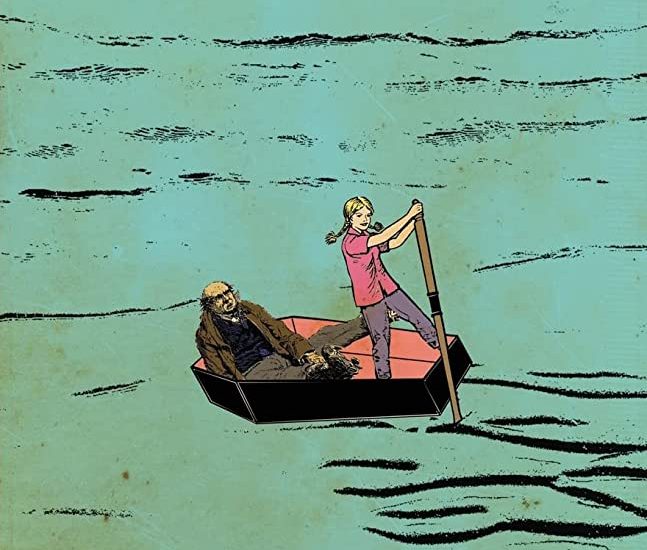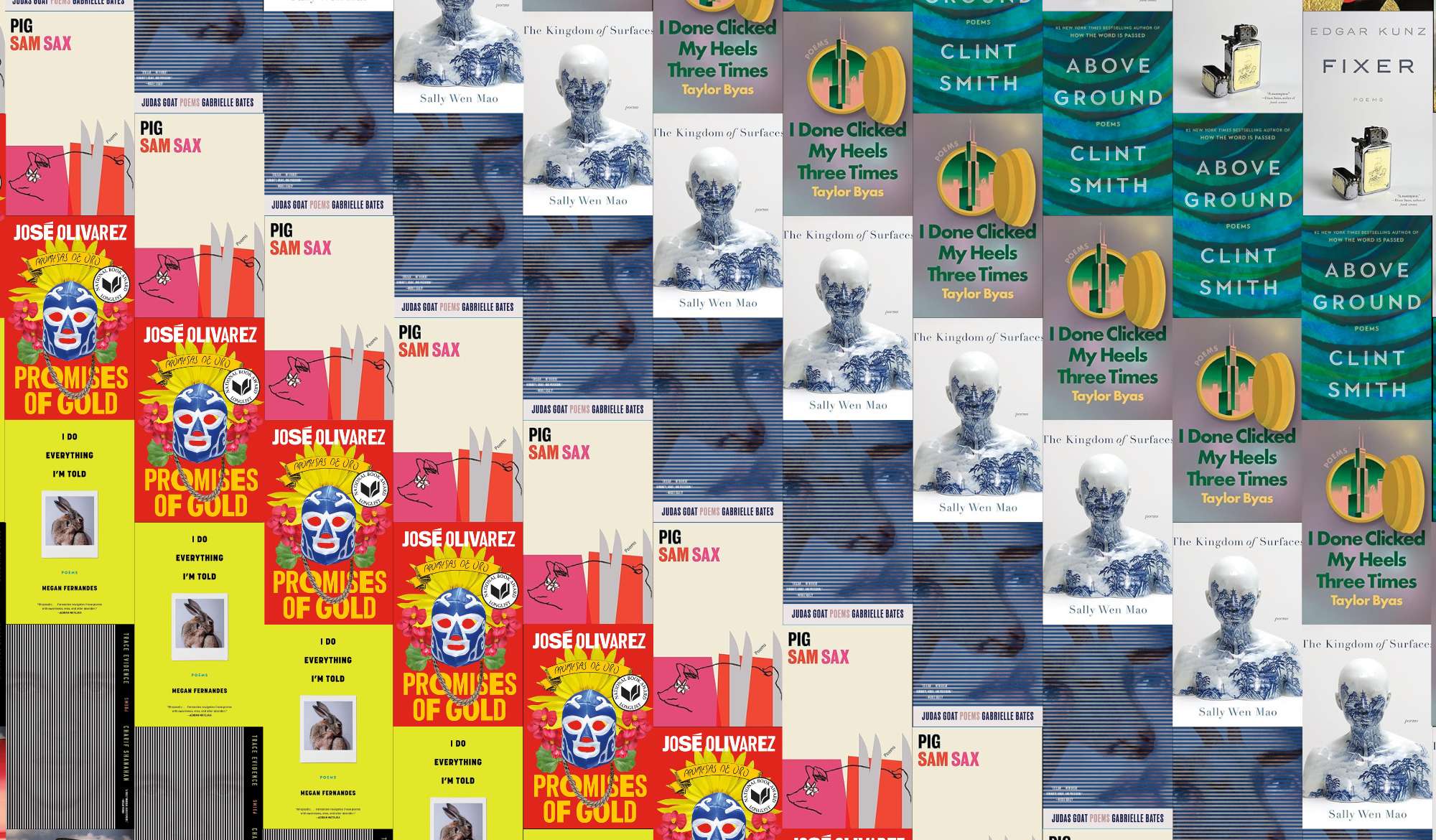Books & Culture
REVIEW: What Happened Here by Bonnie ZoBell

“I knew all about the crash when I moved onto Boundary Street in 2003,” Lenora says in the novella that opens Bonnie ZoBell’s collection, What Happened Here. “Everyone in San Diego did. Twenty-five years earlier, the deadliest airline disaster in U.S. history occurred above our homes before we lived here.” Since the crash, this San Diego neighborhood thrives, populated by people from all walks of life. But the 1978 crash of PSA Flight 182 into North Park still haunts like a specter.
The subtle differences in how each character lives in the shadow of tragedy make ZoBell’s work feel delicately tuned
, important. ZoBell is able to capture the irony that surrounds any gruesome disaster: We are repulsed by tragedy, and yet we’re drawn to it.
Several stories in What Happened Here have an undercurrent of fear; the characters’ anxieties or comfort with disaster each manifest differently. The characters’ proximity to disaster (or simply the location of a disaster) means they are acutely aware of rhythms of a higher frequency. They are highly sensitive: hearing, often, noises that signify heightened emotions. Heather, the young woman in “People Scream,” is haunted by a scream she can’t identify. “This Time of Night” echoes that scream with another; a couple camps near San Onofre, the nuclear “boobs” visible in much of the surrounding area, and the wife’s anticipation of a nuclear alarm puts her on edge. Sound is important again — transformative, even — in “Sea Life,” the tale of a surfer who takes a journey out to sea and is changed by the echolocation of a dolphin pod. This is a tightly connected collection.
Characters, psychiatric disorders, and descriptions of place each bleed from one story to another.
This is a neighborhood story, too, giving it a lovely dramatic irony: The reader is privileged to see through each person’s eyes, while what the characters see of each other is limited. This is the experience of any neighborhood. North Park, with its wild macaws, draws characters — and the reader — in. ZoBell’s vivid descriptions of the houses, the dividing line between old and new (pre- and post-tragedy) homes, and the macaws that fly overhead give a consistent sense of place. Just as it is for the characters, it’s hard for the reader to leave the world of North Park for too long.
For some in the story, especially Lenora’s bipolar husband, John, the haunting tragedy is a cause of so much anguish that it alters their behavior. “John began blaming the fiery metal nightmare plummeting from the sky for causing such a ravenous reoccurrence of despair in him. He was sure there was a parallel to the anniversary.” John’s mania spirals out of control, and the story is emblematic of the anxiety that buzzes throughout the neighborhood. Anticipation and dread about the anniversary exist in tandem.
ZoBell deftly describes the duality of emotion — the fascination with tragedy
— that impacts any place where horrific death occurs.
In “Sea Life,” the story of Sean, a less-than-confident surfer, we see the compelling, addictive power of danger. ZoBell plays with elements of expectation and anticipation. Sean ends up abandoning his friends, the shore, all sense of purpose in an effort to maintain the spell he’s under.
“He feels so good it’s frightening. He doesn’t think he could ever have wished for more than he’s feeling now. Even if he doesn’t quite know where he is or how he’s going to get back to shore. The current has pushed him to rockier waters, where there are reefs that cut, waves that pull…
“Then he feels it again, only this time it’s stronger and he’s sure. It’s a texture, a pulsation, a signal. It’s a locomotion, a singing inside. He’s never felt such euphoria. Sounds travel up and down his legs; his insides pulsate, echo. Lying on his stomach on his board, he never wants to pull his arms out of the sea again.”
Like characters drawn to the history of the tragedy, Sean finds himself unable to let go, to return to the life he knew before his hyper-awareness. Many of ZoBell’s characters are pulled by things that aren’t good for them. But they find themselves unable to resist the draw, the duality of macabre fascination.
At the neighborhood gathering to mark the anniversary of the crash, Lenora observes that “the aerial photo of the accident presiding over the chips and guacamole was a litmus test for the soul.” Twenty-five years later, the accident is as much a part of the neighborhood as its diversity and colorful birds. It drives some characters to depression, sends others out in search of affection or answers to mysterious questions. As Archie, one of the neighbors who is most knowledgeable about the crash says, “You have to appease the spirits, man, so they’ll leave you be, or you’ll get stuck here with them.” Each character in this collection has a choice: accept the ghosts that haunt North Park, or be forever haunted by their presence.

by Bonnie Zobell










